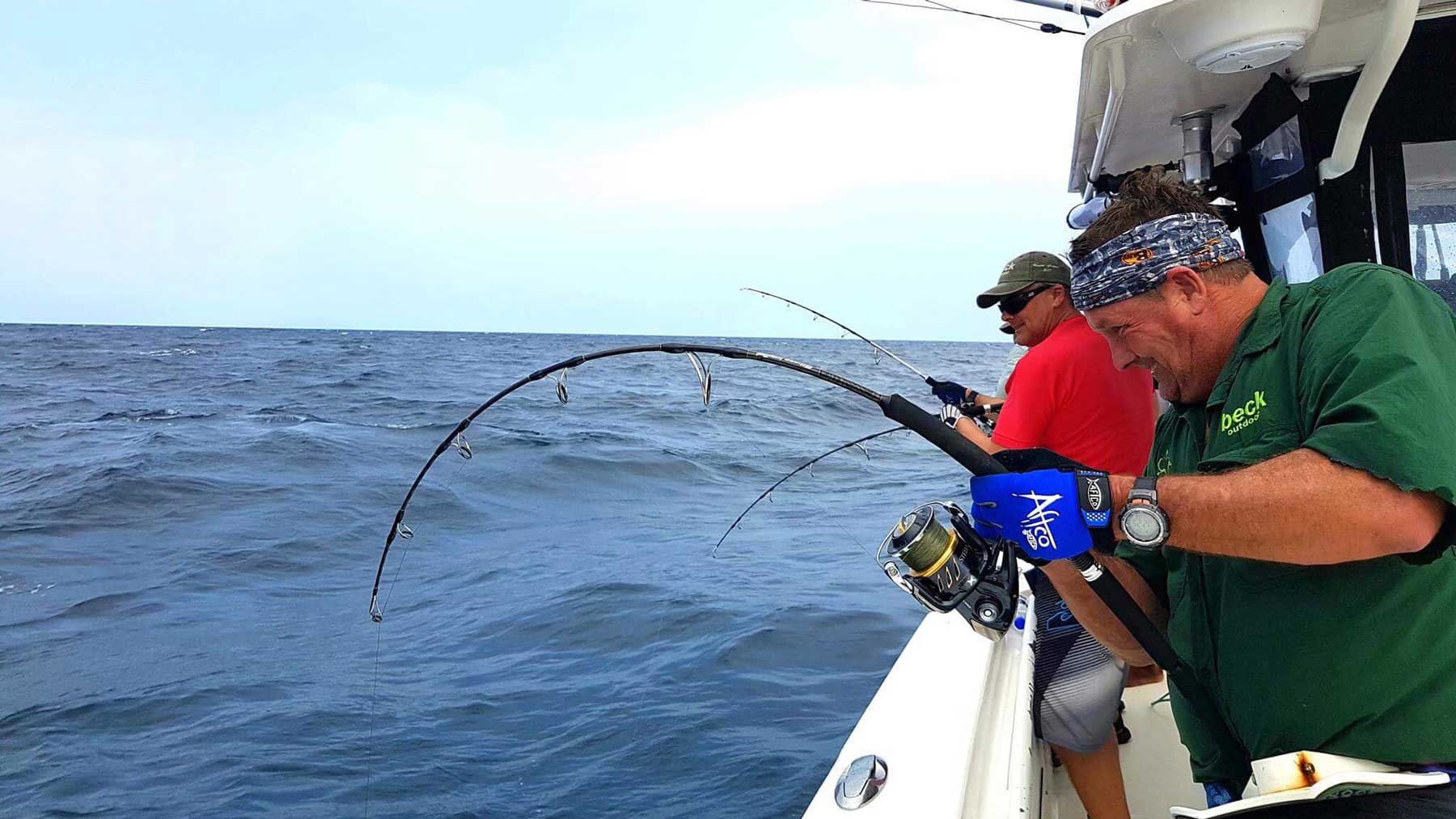Fishing poles or fishing rods are an essential fishing tool that every angler should have. In fact, some would even argue that it is THE most important fishing tool to have. Rods have been around ever since mankind has realised that it’s better to fish with a stick and a line than just holding a line. But with all the technological advancements out there, how do you pick the right rod for you? To help you, here are some basic tips in choosing a fishing rod.
What Are You After?
Massimo Maglioco of the Global Fishing Tackle shares that the first elements to be assessed when choosing a fishing rod are where and what type of fishing you want to do, what weight of line you want to use and your rod length of choice. These should always be considered when choosing a rod as many anglers choose brands over quality and realise later that they made a mistake.”Many fishermen orient themselves on brands that they know, or choose a rod that has a beautiful cosmetic. In these cases, a first mistake is often made because the choices are made emotionally and not by analysing the rod quality.”
– Massimo Maglioco, Global Fishing Tackle
Don’t Ever Forget Strength and Durability
Fishing rods come in a various forms and lengths. But don’t be overwhelmed since the basics when choosing a fishing rod is this: your rod should be strong enough not to break when having a fight with a fish and it should also be flexible enough not to break when you apply tension to it. But no matter what you choose, always consider comfort as well – you won’t be successful when you’re not comfortable with the rod you’re using.
Breaking Down the Rod
When it comes to choosing a rod, you have to think of these three factors rods are composed of: Length, Action and Weight
Length
The length of the rod is measured from the tip all the to the way to the end of the butt. Fishing rods can be as short as four feet or less and as long as fourteen feet. Short rods cast shorter distance are lightweight and can easily be manoevered when fighting a fish, making it perfect for trolling big game fish. Longer rods on the other hand can cast longer distances, making it useful for surfcasting, fly fishing and for heavier topwater lures.
Action
Action pertains to the point on the rod where it bends and can range from “ultra-light” to “heavy”. A lighter action means it’s ideal for smaller species of fish while heavier ones are ideal with larger species.
Weight
The weight of the rod pertains to the amount of weight it can carry. When you are planning to land a bigger fish, you need a rod that can carry the “weight” of the target species. The type of lures and bait you’re going to use will also depend on the weight.
There you have it, some handy tips when choosing a fishing rod. Don’t forget when you’re going to buy one, always assess and scrutinise the rod before having it scanned by the cash register. For more tackle tips check out the Ocean Blue Fishing Blog.



